‘Silent Hill: The Short Message Review’: An Interesting Return

Editor’s note: This piece contains discussions of suicide.
Most gaming franchises have an expiration date. I mean, there are only so many times that the Umbrella Corporation can unleash horrific bioweapons onto unsuspecting players before it gets silly. That’s not even mentioning animatronic mascot jump-scare simulators. However, this isn’t always the case, and my favorite example of a seemingly evergreen gaming franchise is Konami’s Silent Hill series.
While it’s not exactly an anthology, Silent Hill’s overall premise of a cursed town that forces characters to traverse a nightmarish otherworld in order to face their demons (both literal and metaphorical) means that developers could continue to tell stories in this world for decades to come without the need to repeat themselves. And yet, all this potential was squandered for years as Konami consistently mishandled the franchise until a surprise reveal back in 2022 when they announced a Silent Hill revival featuring a plethora of new titles meant to restore fans’ faith in the series.
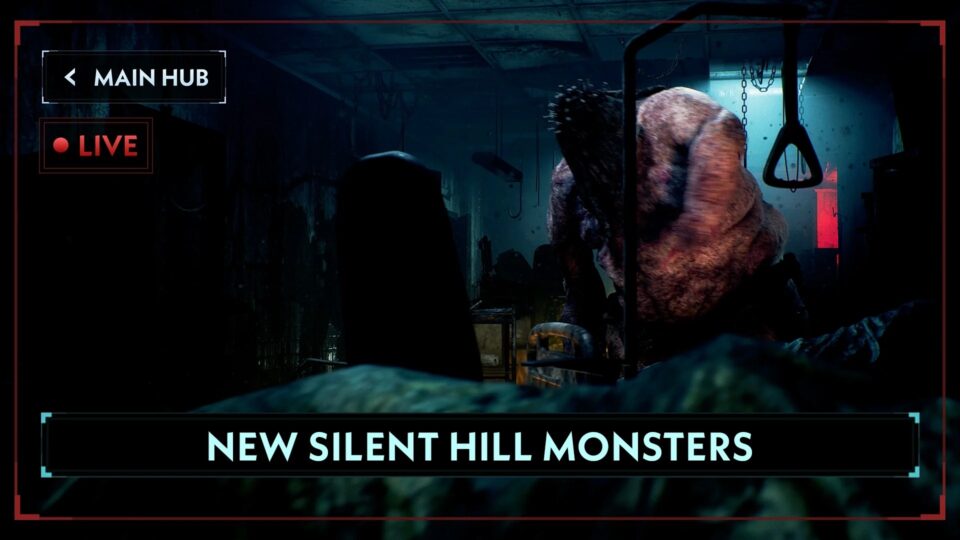
Silent Hill’s Revival Had A Rocky Start
Unfortunately, last year’s experimental Silent Hill: Ascension came under fire for its lack of gameplay and shady monetization (not to mention accusations of AI-assisted storytelling). It was up to the next Silent Hill project to spur interest in fans who had been burned so many times before—and that’s how we got the free-to-play oddity Silent Hill: The Short Message.
An unexpected co-production between Konami and HexaDrive, Silent Hill: The Short Message was announced and released for free on January 31st for the PlayStation 5. The game marks the return of series veterans Masahiro Ito, who designed the title’s singular yet memorable monster, and long-time Silent Hill composer Akira Yamaoka.
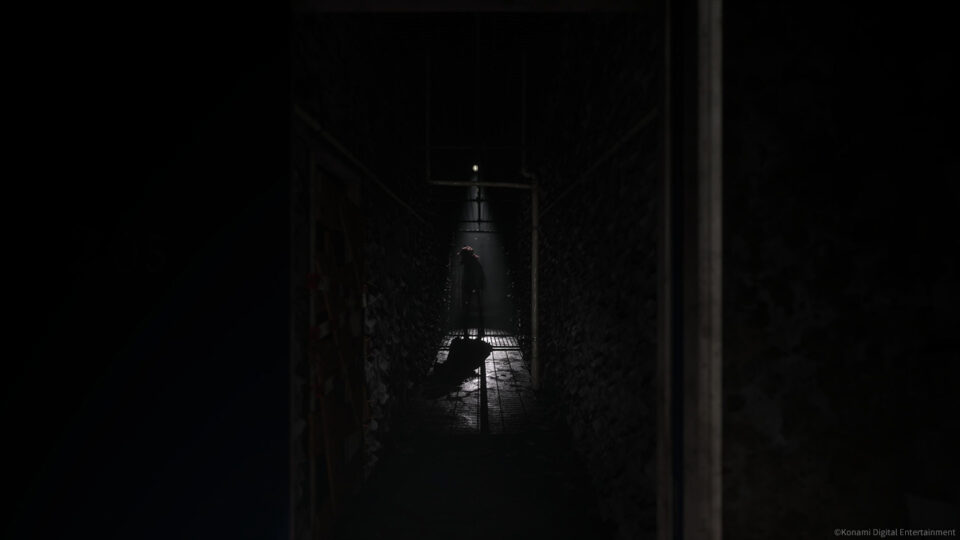
Story-wise, the title puts players in the shoes of troubled teenager Anita as she looks for her graffiti artist friend Maya in the bowels of a decrepit apartment complex in the fictional town of Kettenstadt, Germany. She explores these lonely corridors and reminisces on her past (all while being chased by a terrifying cherry blossom creature). Anita is forced to deal with her own trauma as she finds herself reliving moments of depression, social anxiety, and, ultimately, suicide.
Modernizing Silent Hill
The first-person presentation and modernized storytelling may be reminiscent of the phantom limb left behind by Kojima’s prematurely canceled Silent Hills. But Silent Hill: The Short Message is clearly its own thing. It has more in common with narrative-based horror hits like Layers of Fear and MADiSON than anything in Konami’s old catalog.
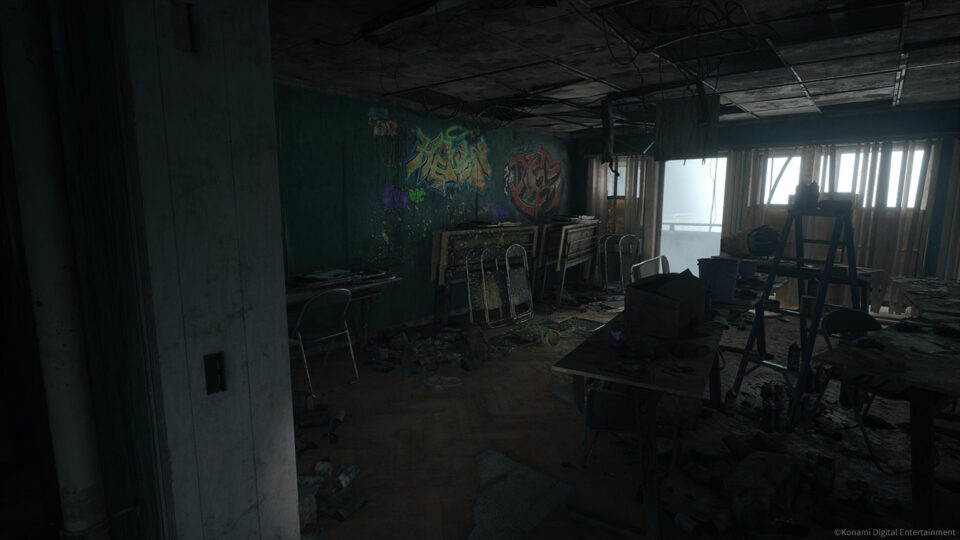
Anita traverses eerie urban environments and a hellish otherworld as we learn more about this depressing city and its population through epistolary storytelling. While the general gameplay loop sounds good on paper, the decision to present this narrative through a run-of-the-mill (though admittedly beautiful) walking simulator makes everything much less thrilling.
Titles like Amnesia: The Dark Descent and Outlast have proven that you can make a terrifying horror experience without combat. But The Short Message’s lack of in-depth puzzles or moments of emergent gameplay results in an experience that feels better suited for film or TV. You walk around and simply wait for things to happen to you. In fact, the game even boasts a series of live-action FMVs. And while I appreciate this retro take on videogame storytelling, I feel like these odd cut-scenes would have been more effective if they had more game in between them.
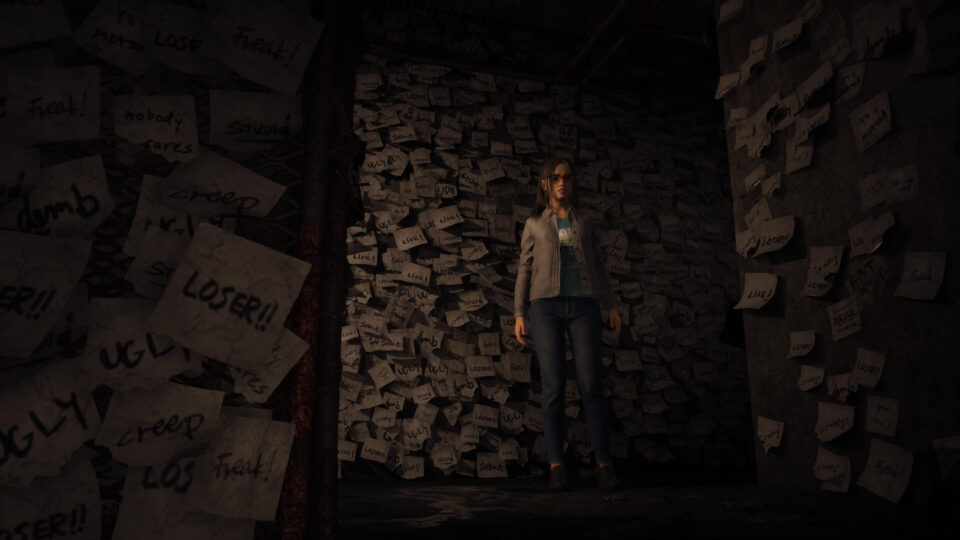
A Free Way To Bring In New Fans
Fortunately, it’s not all doom and gloom with Silent Hill: The Short Message, at least when it comes to value. It’s pretty clear that both Konami and HexaDrive put a lot of effort into making this a fully-fledged Silent Hill experience rather than a throwaway demo. Something that’s even more remarkable when you remember that it’s free.
Sure, legendary artist Junji Ito’s involvement may have been limited to a single monster. But it’s still one hell of a scary creature and an important part of the game. Its unconventional design is boosted by jerky movements that seem appropriately lifted from Jacob’s Ladder. The post-it notes found in the game represent teenage bullying, which may not seem all that terrifying to people who have been out of high school for a while now. But if the post-it notes don’t get you, the grimy level design certainly will—especially when you get to Anita’s home life.
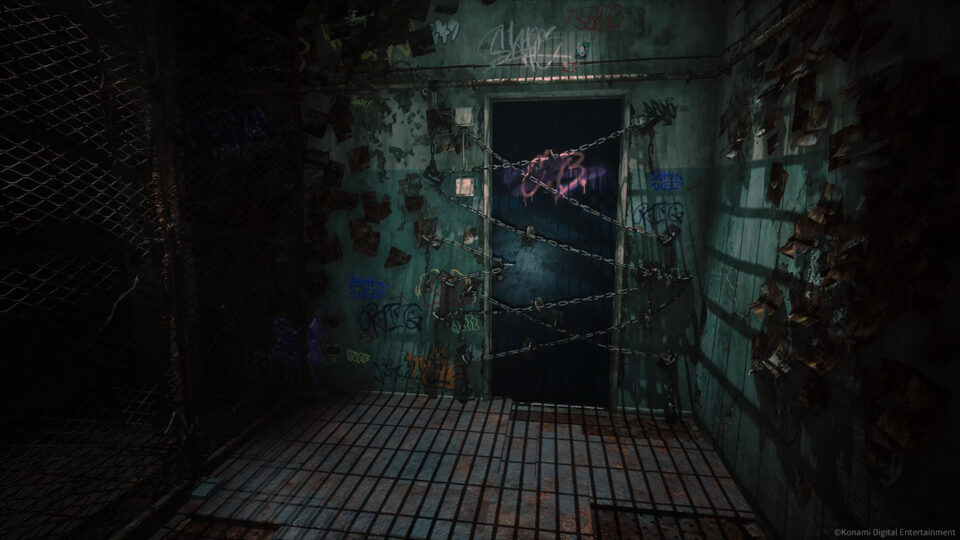
The Final Act Brings The Silent Hill
The final third or so of the experience is where things really start to feel like Silent Hill as the game dives into truly uncomfortable subject matter. That’s honestly way more interesting than the high school drama that preceded it. This all culminates in a lengthy chase sequence that genuinely feels like living through a nightmare. That is until you’re forced to repeat it ad nauseam due to some genuinely infuriating game design.
In some ways, this seems to be a running theme with Silent Hill: The Short Message. Nearly all of its brilliant ideas are countered by equally frustrating ones. While I respect the title’s bluntness in discussing what are undoubtedly important issues that affect millions of people, I especially appreciate the candid references to the COVID-19 pandemic. The fact remains that the game tackles these subjects with all the nuance of an after-school special.
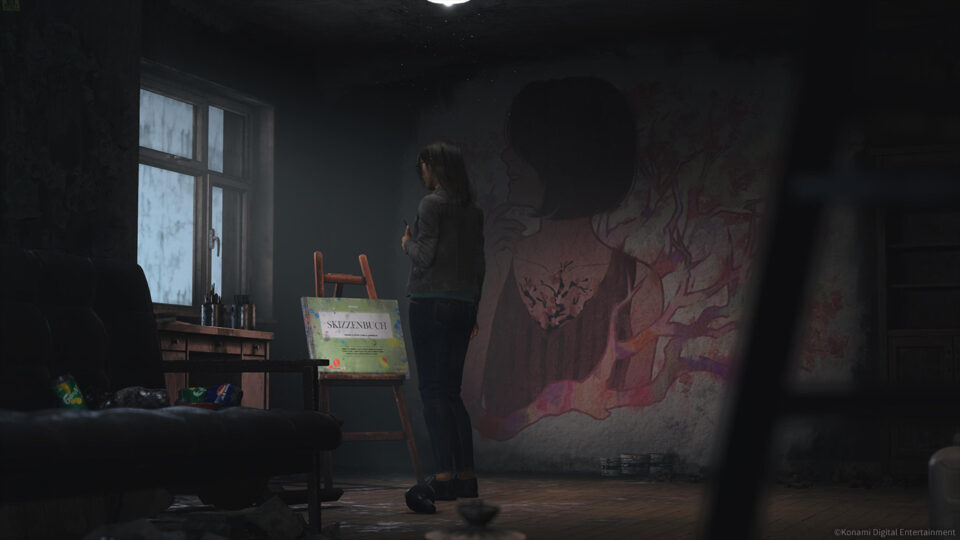
Not Everything Is Great
Personally, I find it easy to forgive janky mechanics and wonky dialogue if the overall experience still works. I honestly don’t mind the fact that the new urban setting has almost zero connection to the original games. But I feel that fans and troubled teenagers alike deserve a little more respect when it comes to narrative topics like suicide and parental abuse.
In the end, Silent Hill: The Short Message is saved by its pedigree. The horrific monster and kick-ass soundtrack do a lot of the heavy lifting. Barebones gameplay and a muddled story lack the subtlety that made the original Team Silent productions bona fide classics. That being said, the compelling final act and perfect price point make this little experiment worth checking out. If you’re in the mood for some introspective terror or just want to find out what all the fuss is about.
Despite the game’s flaws, I have to admit that it made me excited to see what other restless dreams Konami has in store for our favorite cursed town.
Summary
The compelling final act and perfect price point make this little experiment worth checking out.
Categorized:Horror Gaming Reviews

